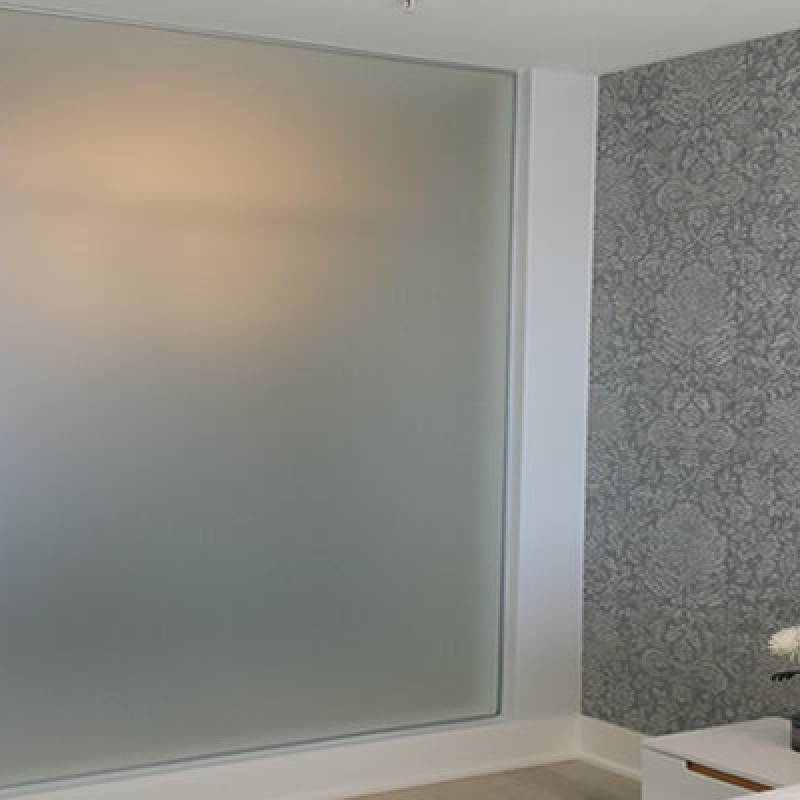

Low-e soft coat glass is a revolutionary material that has transformed the way we think about energy efficiency and sustainability in building design and construction. As the construction industry increasingly focuses on reducing environmental impact and energy consumption, low-emissivity (low-e) glass has emerged as a key player in this movement. This article will explore what low-e soft coat glass is, its benefits, applications, and its significance in modern architecture.
Understanding Low-e Soft Coat Glass
Low-e soft coat glass is a type of insulated glazing product that features a microscopically thin, transparent coating. This coating is made from silver or other metallic oxides which reflect heat while allowing visible light to pass through. The soft coat designation indicates that the low-e layer is applied to the surface of the glass inside the insulating air space, rather than on the exterior surface. This placement allows for better thermal performance and increased durability compared to hard coat low-e glass.
Benefits of Low-e Soft Coat Glass
1. Energy Efficiency One of the most significant advantages of low-e soft coat glass is its ability to improve energy efficiency in buildings. By minimizing the amount of heat transfer, it helps to keep indoor spaces comfortable during both winter and summer months. Buildings can maintain a consistent temperature with less reliance on heating and cooling systems, leading to lower energy bills.
2. UV Protection Low-e soft coat glass also provides UV protection, which helps to prevent fading of furniture, carpets, and artworks. This aspect is particularly valuable for residential and commercial spaces that house valuable materials and furnishings. The reduction of UV rays entering a building can significantly extend the life of these items.
3. Glare Reduction The coating on low-e glass can also help to reduce glare from sunlight. This feature is particularly beneficial in offices, homes with large windows, and locations where natural light is abundant but can be uncomfortable.
4. Sustainability By improving energy efficiency and reducing the need for artificial lighting, low-e soft coat glass aligns well with sustainable building practices. The use of such materials contributes to green building certifications like LEED (Leadership in Energy and Environmental Design), encouraging the adoption of environmentally friendly construction techniques.

Applications in Modern Architecture
Low-e soft coat glass is widely used in various applications, ranging from residential to commercial buildings. Its versatility makes it suitable for
1. Windows and Skylights Large window panes and skylights made from low-e glass can harness natural light while maintaining energy efficiency. This is particularly appealing in urban environments where maximizing daylight is essential.
2. Curtain Walls In commercial settings, curtain walls that are installed with low-e soft coat glass can provide a sleek, modern aesthetic while ensuring that energy costs remain in check.
3. Retail Spaces For retail businesses, the use of low-e glass can create inviting atmospheres while ensuring that the store’s interior remains visually appealing without suffering from heat or UV-related damage.
4. Facades The glass can also be used in building facades, allowing for creative architectural designs without compromising energy performance. As architects strive for innovative designs, low-e soft coat glass provides them with the flexibility to achieve their vision sustainably.
Conclusion
Low-e soft coat glass represents a significant advancement in building materials, combining aesthetics with performance. Its ability to enhance energy efficiency, protect interior spaces, and contribute to sustainable building practices makes it an invaluable asset in modern architecture. As the demand for eco-friendly solutions continues to grow, low-e soft coat glass will undoubtedly play a crucial role in shaping the future of building design, ensuring that our homes and workplaces are both beautiful and sustainable. Embracing this innovative technology not only benefits the environment but also enhances the quality of life for occupants within these spaces.